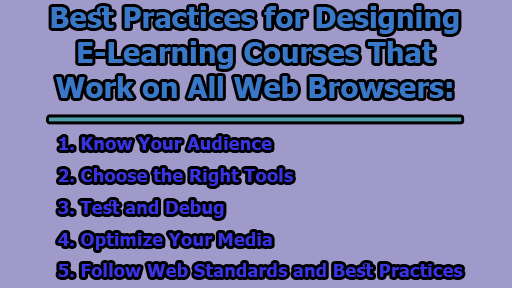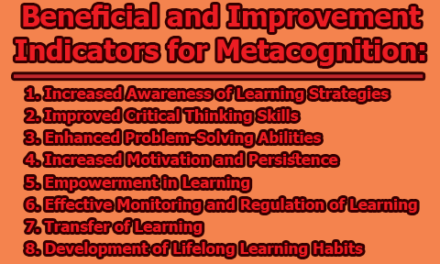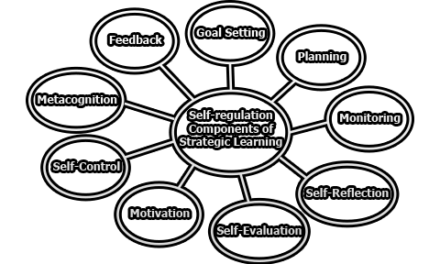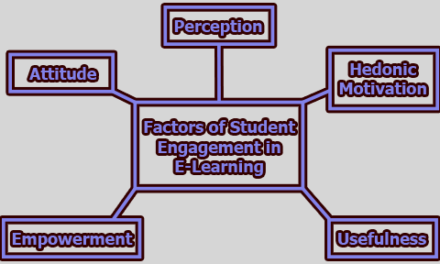Best Practices for Designing E-Learning Courses That Work on All Web Browsers:
E-learning courses have revolutionized the way we deliver educational content, making it more engaging and interactive for learners across the globe. However, ensuring that these courses function seamlessly on all web browsers can be a challenging task. With the multitude of browser versions, devices, and settings, it’s crucial to implement best practices for designing e-learning courses that work on any web browser. In this article, we will explore best practices for designing e-learning courses that work on all web browsers, ultimately enhancing the user experience.
1. Know Your Audience: Before diving into the design process, understanding your target audience is paramount. You should gather data on your audience’s demographics, preferences, and behaviors through tools like Google Analytics or SurveyMonkey. This data can reveal valuable insights into the devices, screen sizes, bandwidth, and accessibility features your audience requires. Creating personas and scenarios to represent your typical learners can help you tailor your e-learning courses to match their profiles accurately. Testing your courses on various browsers and devices that align with your audience’s characteristics will ensure optimal compatibility.
2. Choose the Right Tools: The tools you employ for creating e-learning courses play a vital role in ensuring compatibility across different web browsers. You should opt for tools that align with the latest web standards, such as HTML5, CSS3, and JavaScript, and support responsive and adaptive design. Responsive design automatically adjusts the course to suit the device’s screen size and orientation, while adaptive design delivers tailored content and layouts based on the device and browser. Popular e-learning development tools like Articulate Storyline, Adobe Captivate, and Lectora are known for their support of responsive and adaptive design, making them excellent choices for e-learning developers.
3. Test and Debug: Testing and debugging are critical steps in the e-learning course design process. To ensure compatibility with all web browsers, thoroughly test your courses across multiple browsers and devices. Use tools like BrowserStack, CrossBrowserTesting, or LambdaTest to simulate different browser environments and evaluate how your course performs. Additionally, Chrome DevTools, Firefox Developer Tools, and Safari Web Inspector are invaluable for inspecting and debugging code to address issues and bugs promptly.
4. Optimize Your Media: Media elements, such as images, audio, video, and animations, are significant contributors to the appeal and interactivity of your e-learning courses. However, they can also impact performance and compatibility. To achieve broad browser support, optimize your media for web delivery by reducing file size, resolution, and quality. Select the appropriate format and compression methods. Accessibility is crucial, so provide alternative text, captions, transcripts, and fallback options for media to ensure it is accessible and compatible across different browsers and devices.
5. Follow Web Standards and Best Practices: Compliance with web standards and best practices is the cornerstone of ensuring your e-learning courses work on all web browsers. These standards are established by organizations like the World Wide Web Consortium (W3C) and the Web Accessibility Initiative (WAI). Using semantic HTML tags and attributes to structure content and CSS for styling and layout guarantees consistency, reliability, and accessibility. JavaScript can enhance interactivity and functionality while using web fonts or font icons instead of images for text and icons is recommended. Always validate your code using tools like the W3C Markup Validation Service or the W3C CSS Validation Service. Implement progressive enhancement and graceful degradation techniques to offer a baseline user experience on all browsers and devices.
In conclusion, designing e-learning courses that work seamlessly on all web browsers requires careful planning and adherence to best practices. Knowing your audience, selecting the right tools, thorough testing and debugging, media optimization, and adherence to web standards are essential steps to ensure that your e-learning courses provide a consistent and accessible learning experience for all users, regardless of their choice of web browser. By following these best practices, you can create engaging and interactive e-learning courses that cater to a broad and diverse audience.

Library Lecturer at Nurul Amin Degree College










